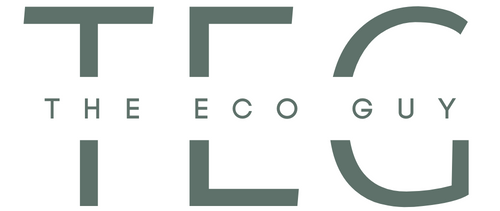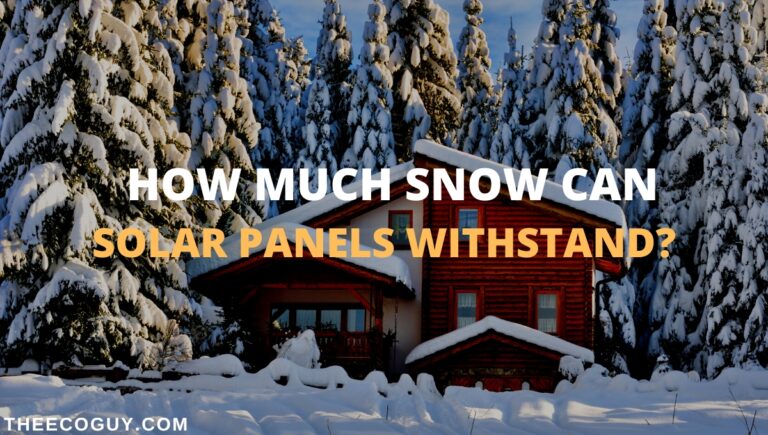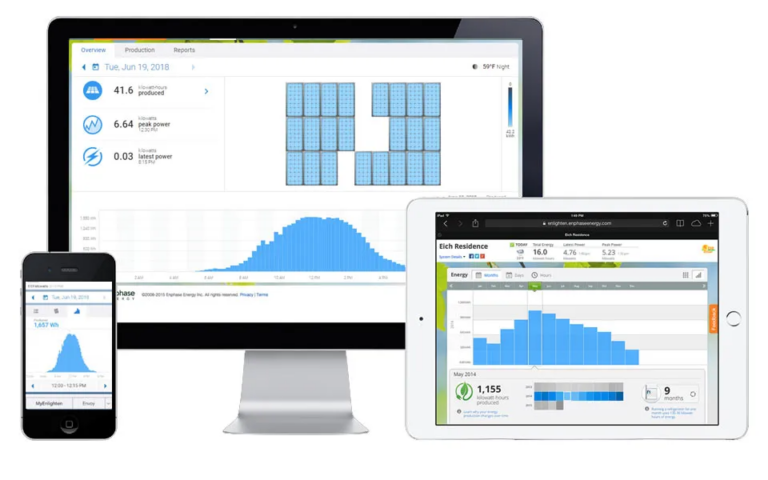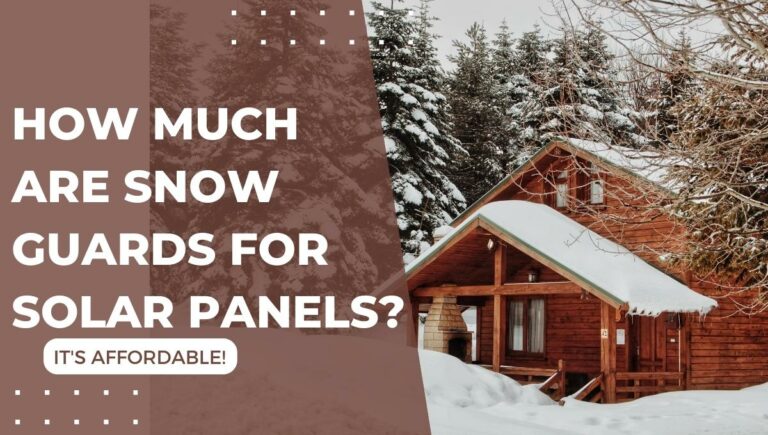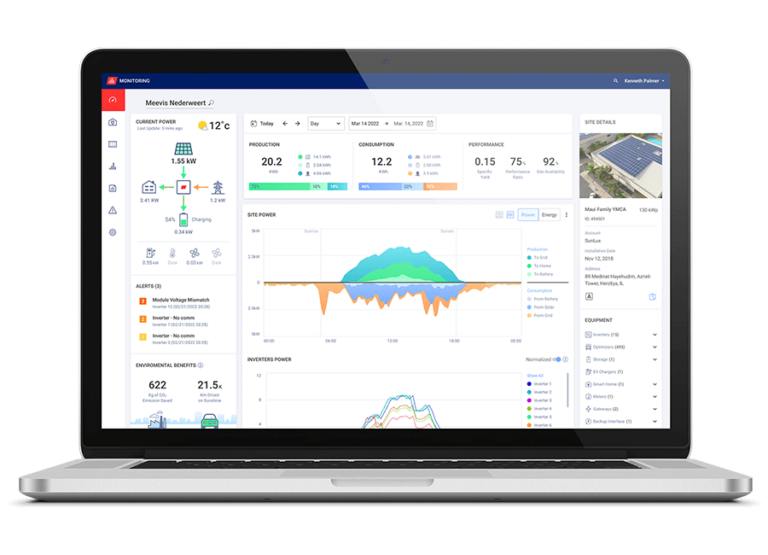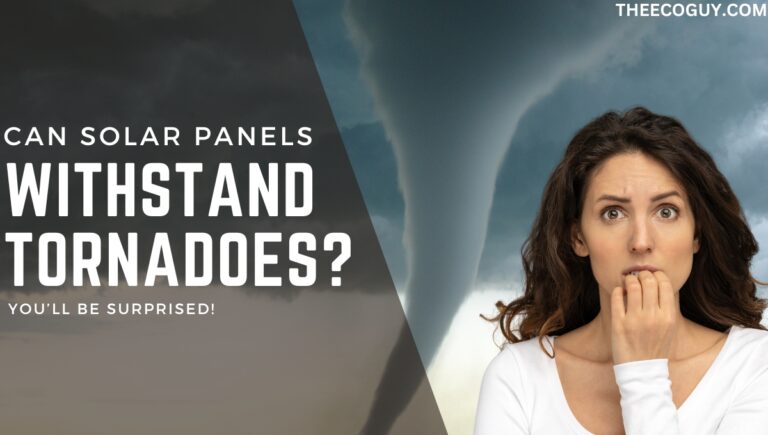10 Common Solar Mistakes (And How to Avoid Them)
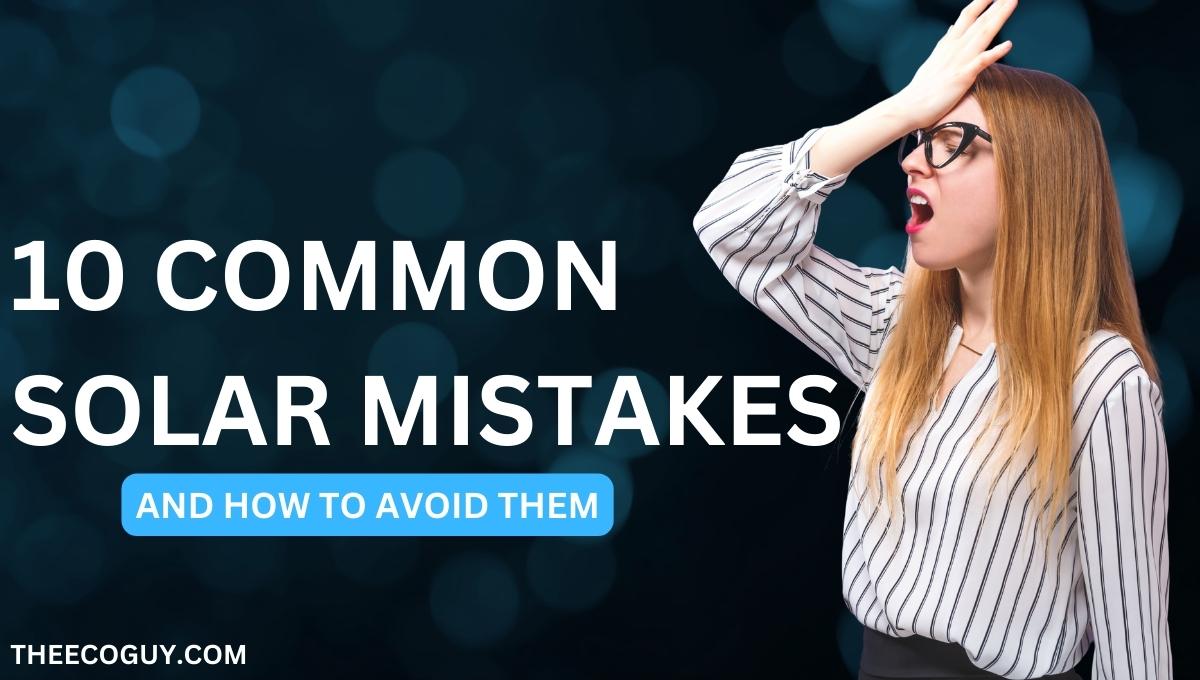
Please don’t make the same mistakes I made when going solar! I’m here to tell you the top 10 common solar mistakes most people make and how to avoid them.
Common mistakes include not properly sizing your home solar system to fit your needs, not accounting for vegetation that may block the panels, and having a bad solar contractor.
These are only a few of the common mistakes people make. In this article, I will go in-depth with each mistake and explain how to avoid them.
Mistake #1: Not Properly Installing Panels
The first mistake people make is not properly installing their solar panels. To get the most efficiency out of your solar system, you need to ensure that the installation is done correctly.
This means making sure all wiring and connections are secure, that the angle and direction of the panels are correct for optimal sunlight exposure, and ensuring that no vegetation or other objects block the panels.
Mistake #2: Underestimating Available Sunlight
The second mistake people make is not taking into account their local climate and available sunlight when planning for their solar system. It’s important to research the amount of sunlight available in your area, as this will directly impact the efficiency of your panels. You may need to adjust the size or type of panel you choose based on these results.
Another mistake related to available sunlight is not taking into account the changing seasons and weather patterns when planning for your solar system. Seasonal changes can have a huge impact on how much available sunlight there is, and if you don’t take this into account, your panels may not produce as much energy as you anticipated.
Additionally, even on clear days, rainfall, snow, or fog can drastically reduce the amount of sunlight that reaches your solar panels.
Mistake #3: Poor Incentive Planning
The third mistake people often make is not taking full advantage of all the incentives available for installing a solar system. Many states (and even some cities) offer tax credits and rebates for residential solar systems, which can save thousands of dollars on installation and energy costs.
In the United States, you may be eligible for a 30% federal tax credit. For more information, you may visit energy.gov.
Another way to save on solar is to look for rebates from solar installers and solar panel manufacturers may also have special rebates to encourage people to switch to solar.
Mistake #4: Setting up the System Incorrectly
The fourth mistake many people make is setting up their solar system incorrectly. This can lead to decreased efficiency and performance, as well as a greater chance of damage or malfunction. It’s important that your solar installer is experienced and capable of properly setting up the system.
Additionally, you should make sure to have your solar system regularly serviced by a qualified professional to ensure that it is functioning correctly and safely. Regular maintenance will also help detect any potential problems before they become serious issues.
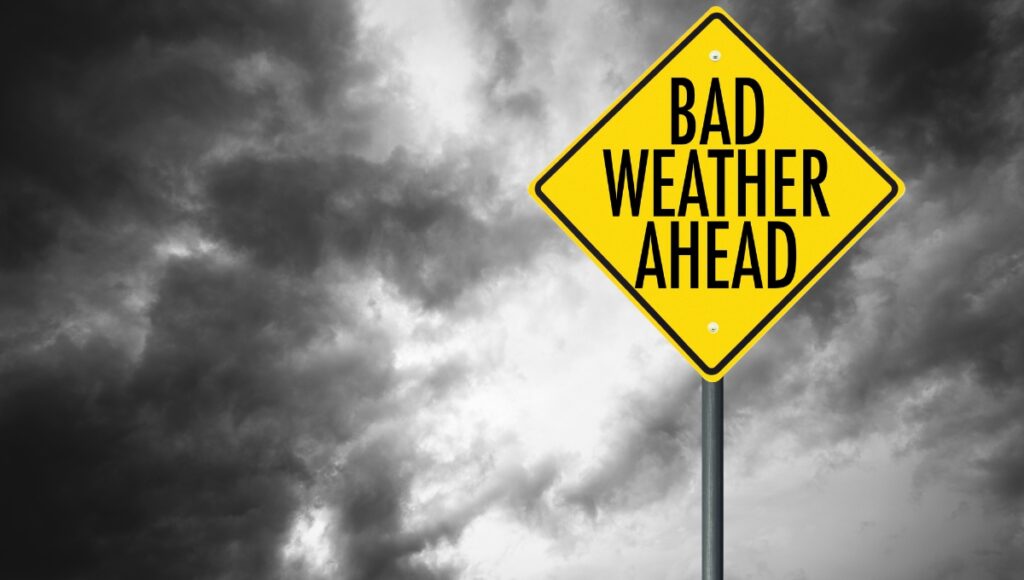
Mistake #5: Not Accounting for Weather and Location
When it comes to installing a home solar system, one of the most common mistakes people make is not accounting for weather and location. Depending on where you live in the US, your solar system may produce more or less energy than expected due to variations in available sunlight and climate conditions.
For example, California has an average of 5 hours of peak sunlight per day while Florida has 6 hours, and Texas has 7 hours. This can have a significant impact on how much energy your panels will generate over time.
Additionally, extreme weather conditions such as heavy rain or snowfall can reduce the amount of available sunlight even further. It’s important to consider these factors when planning for your home solar system so that you don’t end up disappointed with its performance down the line.
Finally, your home solar system will generate its maximum power output in the spring and summer seasons when there is more sunlight; however, it will produce less energy during the fall and winter months.
Mistake #6: Poor Maintenance Practices
Poor maintenance practices are one of the most common mistakes people make when it comes to solar panels. Maintaining and cleaning your solar panel system is essential for optimal performance, but many people simply don’t take the time or effort required to do so.
Fortunately, it doesn’t have to be a big chore – with just a few simple steps taken on a quarterly basis, you can make sure that your panels are running as efficiently as possible.
These steps include:
- Cleaning the panels with a soft cloth or brush
- Trimming away any debris or overgrowth from near the system
- Checking for loose connections or wires
- Regularly checking the batteries and inverters for faults
By taking these small, simple steps, you can ensure that your solar system is running at peak performance. Additionally, a qualified professional should inspect your system each year to make sure that all components are in good condition and functioning properly.
Mistake #7: Ignoring Local Regulations and Tax Incentives
Ignoring local regulations and tax incentives is the seventh major mistake made when it comes to installing solar. It’s important to understand the regulations in your area, as well as the available state and federal incentives that may apply. Failing to account for these can lead to costly mistakes and delays in getting your solar system online.
Fortunately, the majority of US states offer some type of incentive for installing solar panels. These can range from tax credits to outright cash payments for each kilowatt-hour (kWh) of energy produced. Additionally, many utilities in the US also offer special rates or net metering agreements that can significantly reduce your electricity costs.
Leveraging the expertise of a professional solar installation company is an excellent decision for any homeowner. This allows them to work with you through sizing your home system, producing a HelioScope report that outlines potential shading and monthly energy production, and then submitting all documents required by your city’s building permit office.
Once the permit has been accepted, your solar installation team will contact you to schedule an appointment and collaborate with the local energy provider to combine your new solar system into the electricity grid.
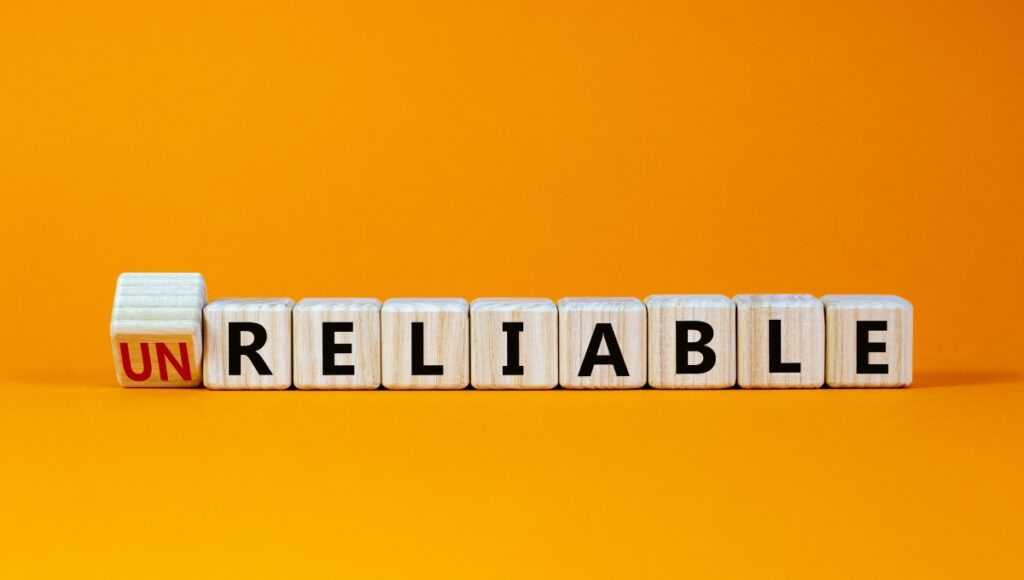
Mistake #8: Buying Unreliable Equipment
Buying unreliable equipment from unprofessional or new solar companies is one of the most common mistakes that people make when investing in a solar system. It’s important to do your due diligence and research various companies before you commit to buying a system.
Make sure the company has a good reputation and is certified by the North American Board of Certified Energy Practitioners (NABCEP).
Additionally, make sure that the equipment you purchase is of good quality and comes with a warranty. While it may be tempting to look for cheaper options, this could end up costing you more in the long run due to higher maintenance costs or needing to replace faulty parts.
It’s also important to make sure that the equipment is compatible with any existing solar system you may already have. This will help to ensure maximum efficiency and power output from your panels, as well as save money on installation costs.
Mistake #9: Choosing an Unreliable Contractor
Choosing an unreliable contractor is one of the most costly mistakes that many people make when investing in solar. When it comes to installing a solar system, many solar companies outsource the installation to a third-party contractor.
While finding a cost-effective and convenient solar energy solution may seem ideal, always make sure to research your options thoroughly. Make sure you ask the company if they have their own installers or outsource installation services to another company.
Even though the solar company is committed to resolving any problems that arise during installation, it’s still important for you to do your research beforehand in order to ensure a smooth and successful installation. This is why it’s imperative to be aware of the warranty offered by your solar company.
Mistake #10: Not Having a Backup Plan for Power Outages
Not having a backup plan for power outages is one of the most commonly overlooked mistakes made when investing in solar. During a power outage, most solar systems automatically shut off and fail to provide an emergency source of electricity. This means that without any form of a backup plan in place, those relying on solar energy could find themselves without power for extended periods of time.
Having a backup system in place is essential for any solar energy user. To ensure an uninterrupted power supply, consider investing in portable generators, battery storage systems, or even a bi-directional electric car that can be used to charge your home.
Having a backup plan for power outages is especially important during extreme weather conditions, such as storms or high winds that could cause damage to your solar system. It’s also essential to check with your local state regulations to ensure you have all the necessary safety precautions in place before utilizing any backup systems.
A battery storage system is an effective backup plan for home solar power systems, as it allows you to store excess energy generated by your rooftop panels during the day for use at night or during times when demand is high. In fact, with the right battery storage system, you can even sell back excess energy to your local utility company.
BONUS – Mistake #11: DIY Solar Installation
Did you think I was done? I have two more common mistakes to share with you!
Do-it-yourself (DIY) solar installations are becoming increasingly popular among homeowners who want to save money. While it may seem like a more cost-effective option, a DIY solar installation can lead to costly mistakes and even potential safety hazards if not done correctly.
DIY installations require expertise in electrical wiring, solar panel setup, and in some cases, local building codes and regulations. If any of these areas are neglected or incorrectly installed, problems can arise that require expensive repairs or replacements in the future.
In order to ensure the safety of your home and solar system, it’s best to leave any solar installation projects to an experienced professional. This will ensure that your system is installed correctly and meets all local building codes and regulations. Investing in a properly done solar installation is well worth the peace of mind and long-term savings it can bring.
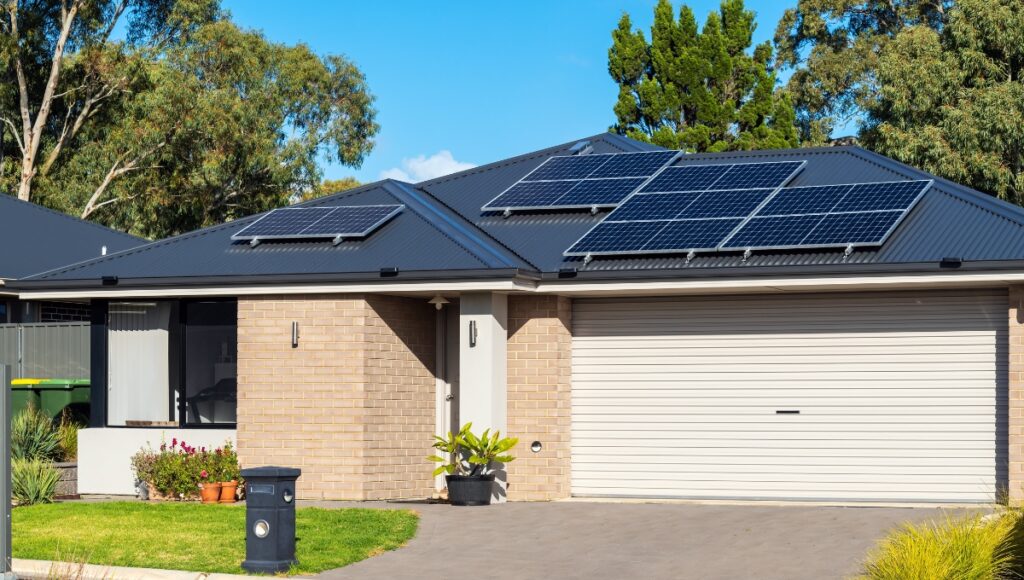
Final Thoughts
Installing a solar system is an exciting and potentially rewarding investment, but it’s important to do your research beforehand in order to avoid costly mistakes. Make sure you understand the warranty offered by your solar company, have a backup plan for power outages, and consider leaving any DIY projects up to experienced professionals.
With the right knowledge and preparation, investing in solar energy can be both a safe and cost-effective way of powering your home or business. If done correctly, it could even provide long-term savings on electricity bills as well as the peace of mind that comes with knowing you’re making smart decisions about how you use energy resources. So make sure to take all these points into consideration before taking the plunge into going solar!
